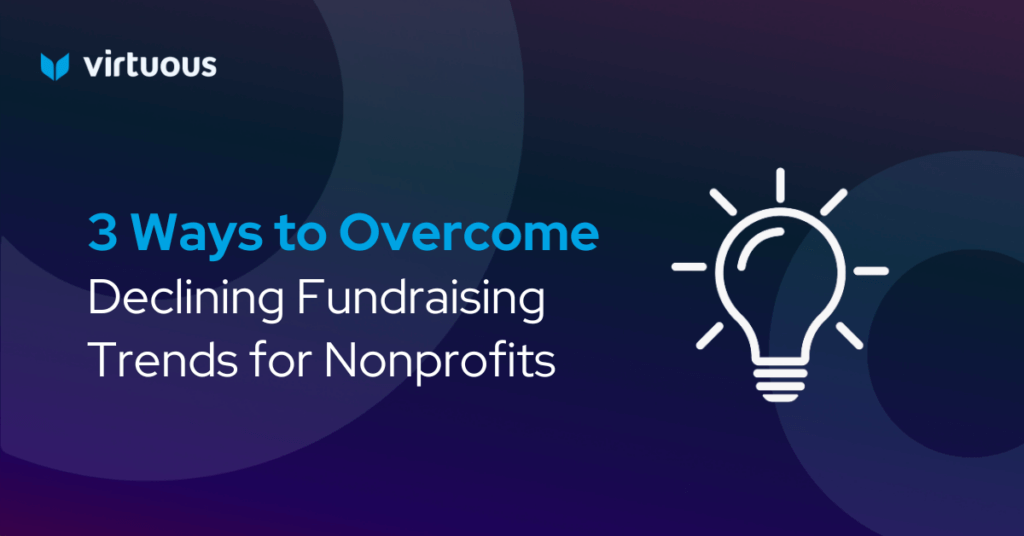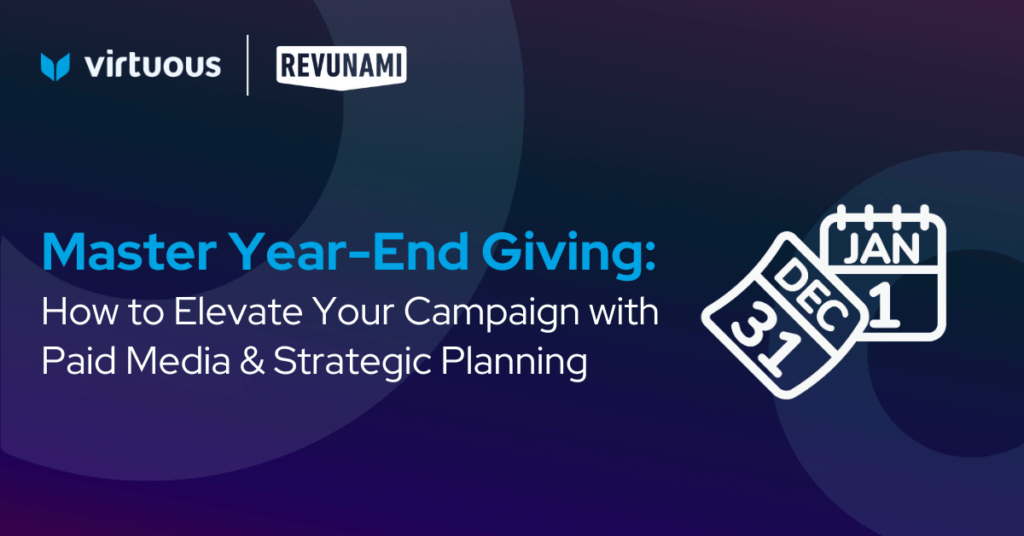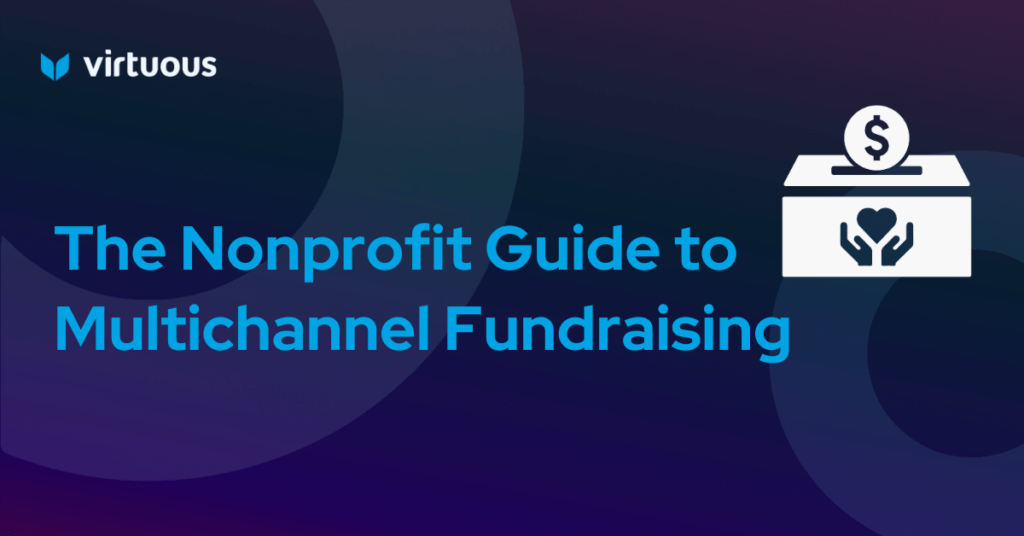When author Chimamanda Adichie talked about “the danger of a single story,” she also summed up one of the most pervasive problems in our industry’s communications: incomplete nonprofit storytelling.
“The single story creates stereotypes. And the problem with stereotypes is not that they are untrue — but that they are incomplete. They make one story the only story.”
Chimamanda Adichie in her TED Talk
So how can nonprofit storytelling become more complete? How do we avoid reinforcing generalizations about the people we serve or issues for which we advocate? And how do we ensure we are sharing stories and not using them?
Ethical storytelling.
Before diving in, consider the insight of Nobel Prize laureate and Holocaust survivor Elie Wiesel: “Anyone who listens to a witness becomes a witness.” To be clear — we are not just nonprofit communications professionals; we are witnesses. Our role is a privilege and a burden all at once.
And it begs the (existential-esque) question: Are we being good story stewards?
*Author’s note — I use the terms “individual impact story” and “first-person narratives” or “accounts” interchangeably. In addition, as a journalist practicing in the social impact sector, I prefer “narrator” to “interviewee.” The word choice reflects (1) an acknowledgment of the power dynamics that create inequities in the storytelling process and (2) a commitment to give agency to those whose stories we have the privilege of sharing.
What Is Ethical Storytelling for Nonprofits?
To date, no fixed definition exists. Instead, ethical storytelling is understood as sets of principles and best practices created and adhered to by social impact practitioners. The ethical storytelling movement within the nonprofit sector provides an arena to wrestle with the nuances and difficult questions of rightness, dignity, agency, and equity.
The heart of the movement lies in individual impact stories.
What Are Individual Impact Stories?
Individual impact stories refer to (and are sometimes called) first-person narratives or accounts. Impact stories are told through the lens of the constituents — thus positioning them as subject experts. Individual impact stories allow constituents to tell their personal stories and experiences in their own way.
This changes the game. In the context of impact storytelling, nonprofit professionals are not storytellers themselves — but conduits for the constituent’s story.
The Importance of Storytelling for Nonprofits
Impact stories present the truth from many angles. They reveal a more “complete” story. Individual impact stories let us see and learn about nuanced issues through the eyes of others. They build empathy, debunk myths, and inspire action.
Marcel Proust summed up the power of perspective-taking best: “The real voyage of discovery consists not in seeking new landscapes but in having new eyes.”
Using first-person narratives in your nonprofit storytelling will do all of the following:
- Prioritize dignity and agency — giving constituents narrative control and encouraging them to tell their story in the way that best reflects their truth.
- Bring the organization’s mission to life through visual storytelling — painting a picture of their work and providing glimpses into the life of the people or causes they serve.
- Invite audiences to listen to voices and ideas that nudge them out of their comfort zone and help them appreciate different points of view and understand complex issues.
- Provide a way to document anecdotal evidence of an organization’s impact and the perceived outcomes thereof — a way to monitor and evaluate in contexts where capacity is limited.
The concept is simple but requires lots of practice. So what happens when we get impact stories wrong?
Tips for Nonprofits for Effective Storytelling
We see these as the biggest storytelling mistakes. Below, you can find out how your nonprofit can avoid them.
The biggest nonprofit storytelling mistake is telling “single stories.” Single stories emerge when we oversimplify issues and reduce an individual’s (or community’s) identity to the problem or condition they’re facing.
How to avoid Adichie’s “danger of a single story?” Agency. We accomplish agency by including the narrator (the individual whose story we want to share) in the storytelling process.
Including the narrator in the process also provides the benefit of helping us steer clear of the traps of poverty porn. Sure, pity-based marketing can be tempting, but guilt — no matter how subtle — is not a sustainable (or ethical) strategy for raising funds.
“When people portray us as victims, they don’t want to ask about solutions. Because people don’t ask victims for solutions.” —Theo Sowa, African Women’s Development Fund
Ethical Nonprofit Storytelling’s Best Practices
Agency: 5 Ways to Ensure the Narrator Is at the Heart of the Storytelling Process
1. Build Relationships With Narrators
Trust is the “operating system of every relationship.” Get to know the narrator(s) — and their community, if possible. Nothing screams transactional like running in to get the story and running out to catch the next flight. As Stephen M.R. Covey, a trusted expert, says, move “at the speed of trust.”
Upon completion of the nonprofit storytelling process, don’t ghost! Stay in contact with the narrator. Keep investing in the relationship. Connect them to more opportunities to share their story.
2. Understand and Mitigate Power Dynamics and Biases
Reflect on your position relative to the narrator(s). Acknowledging the differences in privilege, power, and representation is essential to creating more inclusive ways to share stories.
When possible, identify interviewers who can make narrators feel the most comfortable. Consider the following: language, social and cultural forces such as gender norms and religious customs, and “insider/outsider” dynamics.
3. Secure Informed Consent
Ensure ongoing informed consent and transparency in all of your nonprofit storytelling practices. Explain the scope of the project and the purpose of the story. Show examples of how the story will be used or shared: photos on Instagram, email, and video on your organization’s website. Ask permission: On what platforms may the story be shared? With or without photos? Discuss privacy and safety concerns. Offer anonymity and pseudonyms. Inform narrators of their right to opt-out during the process.
4. Collaborate
Be a facilitator, not a director. Invite the narrator(s) to share their personal objectives for the project. Co-author the narrative by helping them examine their experiences from different perspectives in order to choose the angle of the story. Ask them questions:
- What part of your story is most important to you?
- How do you want to talk about it?
- What do you want the world to know about you or this cause?
5. Share Access
Technology permitting, ensure narrators have access to the platforms where their stories will be shared. Invite them to learn how their story impacts others or helps advance a cause.
Journalistic Integrity
Part of what makes nonprofit storytelling ethical is journalistic integrity. Journalists and nonprofit communications professionals share the same goal: to present the truth. We also have the same problem: The narrative we see might not be real — or “complete.”
And we all understand the best way to mitigate bias and get the “truth” is by inviting people to tell their story in their own words. Take time to reflect on the tips below. Interviewing requires discipline and patience.
How we collect stories shapes how we tell them. Gather with care. Considering the following tips for ethical nonprofit story collection and interviewing:
Do Your Homework.
R-e-s-e-a-r-c-h. Research the culture, context, history, and current events of the individual (or community) you plan to interview. The better you prepare, the easier it is to be present, capture complexities, and ask thoughtful follow-up questions.
Prioritize Safety.
This tip might seem like overkill. But trust me, it’s too critical to skip. (Getting arrested while interviewing survivors in post-earthquake Haiti was not on my to-do list. But it happened.) Meet in a place where all parties are safe and feel safe. You can’t focus when you’re preoccupied with your surroundings or passersby. If in public, consider: Is it a high-traffic area? If anonymity matters, what’s the likelihood the narrator will be recognized? In situations of disaster relief, domestic abuse, or civil unrest, assess the potential for violence. Understanding the local environment is key to securing a safe space. Collaborate with the narrator to create contingency and evacuation plans.
Lead a Conversation, Not an Interrogation.
Listen to learn — not to “extract” specific information that supports a predetermined narrative or story angle. Remember, your job is to collect the most complete story possible, which is crucial when documenting the impact of a nonprofit organization. Sentences that start with “I’ll never forget the time when” or “That made me feel (betrayed)” often reveal what people value or what shaped their perspective. The goal of nonprofit storytelling is not just to record a timeline of events, but also to understand the meaning people assign to their experiences.
Listen Longer.
Do not assume the narrator’s silence is a green light to move on. Be patient. Give people time to reflect and find words to recount their experiences. (Holding space for silence can be excruciating. To avoid the temptation to talk, I always have a pen in my hand. It’s a physical cue. When I feel the urge to speak, I hold the ends of the pen between my thumbs and forefingers. Here’s why it works: First, I talk with my hands. A lot. So, by “tying my hands,” I mute myself. Second, holding a pen is unremarkable. As long as I don’t twirl or tap it, nobody is any the wiser.)
Zip It.
Your lips, that is. One of the most common errors interviewers make is talking too much. Share enough to connect, to make the narrator comfortable, or to guide them back from a tangent that won’t serve the story. (Try “That’s fascinating, but I’m still curious about something you said earlier. Tell me more about using bicycles to generate electricity/the role of spoken word art in psychological first aid/how you use drumming to teach math.”) Nonprofit storytelling should focus on your constituents, which means they should be doing the most talking.
Sit Still.
Literally. Fidgeting, foot shaking, and looking at your watch communicate disinterest and impatience — and shut people down. (And, for the love of all that’s holy, turn off your devices and put them away.)
Ask Open-Ended Questions.
Ask yes/no and date/location questions only when necessary. Broad questions are more effective than narrowly focused questions, particularly in engaging with donors or volunteers. They encourage narrators to sift through the layers of their story and identify what matters most. Reflection tends to elicit emotion. (Preaching to the choir here — but I’ll reiterate for good measure: Emotion is key to unlocking the story.)
Helpful prompts and questions for nonprofit storytelling interviews include –
- What happened after…
- Describe the moment when…
- What does (food/adoption/access to education) mean to you?
- How has that changed your life?
- How did that make you feel?
Edit With Respect.
Prioritize authenticity. Don’t “fix” the grammar or replace words with “prettier” Thesaurus-y options. Honor the narrator’s linguistic patterns. Language reflects a person’s beliefs, identity, and cultural and social backgrounds.
Following Up in the Nonprofit Storytelling Process
Following up is simple. It’s a 1-2-3: Ask narrators to share their progress and/or lessons learned; create a process to collect follow-up stories; and share with your audience.
Unfortunately, this best practice is often abandoned in favor of getting the next (and likely single) story. But if you’ve read this far, you appreciate the difference between using stories and sharing them. The first is a bid to hot-wire sympathy and secure a few pay-to-make-the-guilt-go-away kinds of donations. The second encourages us to do more of what Virtuous empowers us to do: build relationships.
On that note, here’s how follow-ups connect and benefit all parties involved in the nonprofit storytelling process:
- For your supporters — Following up with your supporters and providing updates on a story make giving personal and keep your audience involved in the story and invested in your mission.
- For narrators — Follow-ups give narrators ownership of their story and, by extension, the opportunity to influence how people think about them and the issues they face.
- For your organization — Follow-ups provide transparency and boost credibility by showing the difference your organization makes. This translates to more trust, engagement, and giving.
Think higher and feel deeper
When Oprah Winfrey interviewed Elie Wiesel, she asked, “If you had to summarize the greatest offering you’ve been able to give your students, what would it be?” His reply: “Whatever you’re doing in life — remember, think higher and feel deeper.”
To me, ethical nonprofit storytelling isn’t so much about narratives or even what’s right. It’s about accountability. It’s about thinking higher and feeling deeper.





